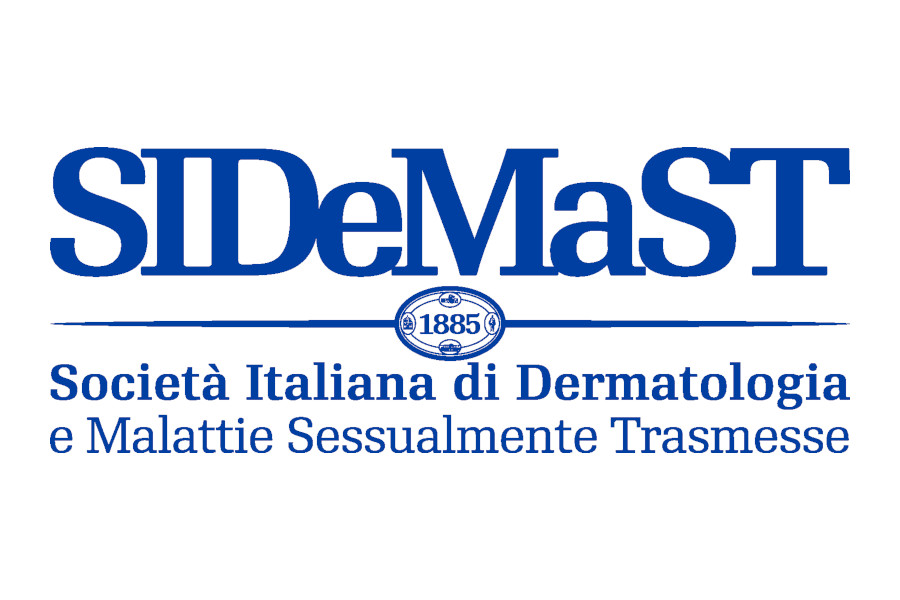Background Screening tests for human immunodeficiency virus (HIV), hepatitis B virus (HBV), hepatitis C virus (HCV) and syphilis infections performed in at?risk population show a higher number of positive tests compared to those carried out in the general population. “Test & Counselling” Ambulatory of Infectious Disease Clinic (T&C?IDC) and Sexually Transmitted Diseases Ambulatory of Dermatology Unit (STDs?DU) of Modena began collaboration in 2010 and adopted a common diagnostic serological profile since 2013.
Objectives The main objective was to analyse the number of screening tests performed in the T&C?IDC and STDs?DU, comparing the results obtained after the adoption of the shared protocol with the previous period. The secondary aim was to evaluate the linkage to care of newly diagnosed patients.
Methods Consecutive patients referred to the T&C?IDC and STDs?DU from January 2010 to December 2016, with at least one performed screening test for HIV, HBV, HCV and syphilis were enrolled. Referral of patients with a new infection was obtained by capture?recapture methods in hospital databases.
Results During the seven?years observation we collected 13117 admittances for 9154 patients. A significant increase in the number of screening tests (p<0.001) and ratio between tests and admissions (p=0.002) was observed. 644 (7.0%) people with at least one infection were diagnosed. Among these, the most common was syphilis (41.9%), followed by HBV (25.7%), HCV (21.4%) and HIV (10.9%). Syphilis occurred predominantly in Italians (72.5%) and males (75.7%), as like as HCV, while foreign?born (85.5%) mainly harboured HBV infection. HIV diagnosis was detected more frequently among males (67.1%) with a similar proportion between Italians and foreign?born. 543 out of 644 (84.3%) patients were linked to care.
Conclusion The collaboration between T&C?IDC and STDs?DU has proven to work well increasing the diagnosis over the time and obtaining good results in linkage to care.









